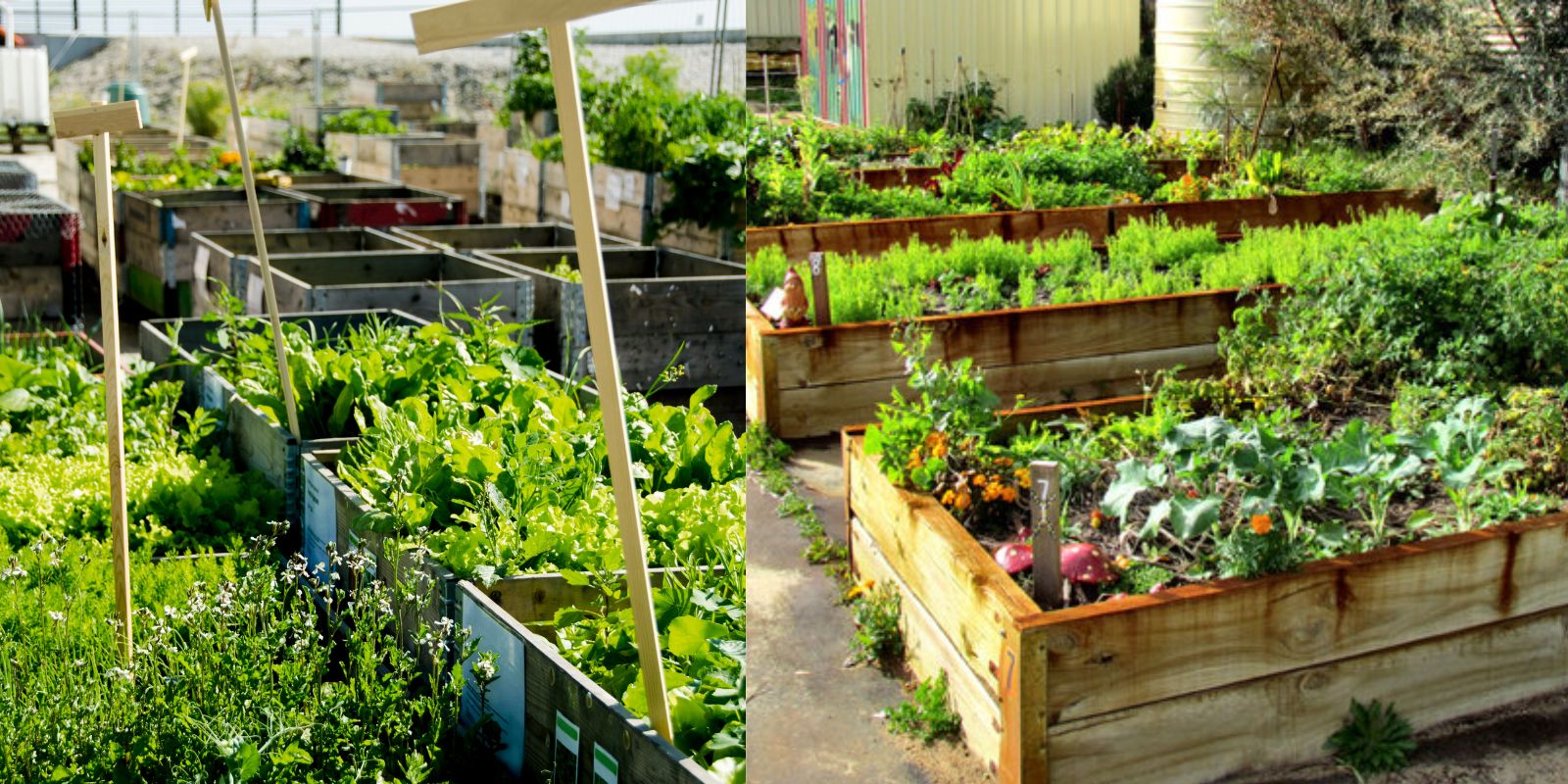Introduction
Urban gardening is a growing movement that brings the joys and benefits of gardening to city dwellers with limited space. From bustling high-rise apartments to cozy balconies and rooftops, city spaces are increasingly being transformed into productive green areas where fresh, home-grown food can flourish. This article explores practical tips and strategies for urban gardening, helping you to cultivate a thriving garden in the heart of the city.
Understanding Urban Gardening
Urban gardening involves growing plants in city environments, often in small or unconventional spaces. It’s not just about beautifying your surroundings; it’s a way to grow fresh produce, reduce food costs, and contribute to a more sustainable urban lifestyle. Urban gardens can range from tiny container gardens on windowsills to extensive rooftop farms, each suited to different types of spaces and lifestyles.
Steps to Successful Urban Gardening
1. Assess Your Space
Before diving into urban gardening, evaluate the space available to you:
- Balconies: Measure the size of your balcony and check its exposure to sunlight. Balconies can support a variety of plants, especially when equipped with rail planters or hanging baskets.
- Rooftops: Rooftop gardens have the potential for larger-scale gardening. Ensure the structure can handle the weight of soil and plants, and consider installing raised beds or large containers.
- Windowsills: Ideal for herbs and small vegetables. Assess the amount of light your windows receive and use small pots or window boxes.
- Community Gardens: If you lack space, consider joining a community garden where you can rent a plot.
2. Choose the Right Plants
Selecting the right plants is crucial for urban gardening success. Opt for varieties that are well-suited to container growth and limited space:
- Herbs: Basil, mint, cilantro, and parsley are perfect for windowsills and small containers.
- Leafy Greens: Lettuce, spinach, and Swiss chard grow well in shallow containers and are ideal for balconies and windowsills.
- Root Vegetables: Radishes and carrots can be grown in deeper containers.
- Compact Varieties: Look for dwarf or bush varieties of tomatoes and peppers that are bred for container gardening.
3. Select Suitable Containers
Containers are essential for urban gardening and come in various shapes and sizes:
- Pots: Standard flower pots are versatile and come in different sizes. Ensure they have drainage holes to prevent waterlogging.
- Hanging Baskets: Ideal for herbs and trailing plants. They save space and add a vertical element to your garden.
- Vertical Planters: Wall-mounted planters or vertical gardening systems make the most of limited space and are great for growing herbs and small vegetables.
- Raised Beds: For rooftops or larger areas, consider raised beds to improve soil drainage and reduce the need to bend down.
4. Prepare the Soil
Quality soil is vital for healthy plant growth:
- Potting Mix: Use a high-quality potting mix designed for container gardening. It provides the right balance of nutrients, drainage, and moisture retention.
- Compost: Incorporate compost to enrich the soil with organic matter, enhancing fertility and promoting plant health.
- Soil Blends: For larger containers or raised beds, mix garden soil with compost and other organic materials to create a balanced growing medium.
5. Ensure Adequate Light
Light is a key factor in plant growth:
- Sunlight: Most vegetables and herbs need at least 6-8 hours of sunlight daily. Place plants in the sunniest spot available.
- Grow Lights: If natural light is insufficient, use fluorescent or LED grow lights. Position lights 2-4 inches above seedlings and adjust as they grow to maintain the appropriate distance.
6. Watering Techniques
Proper watering is essential for maintaining plant health:
- Consistency: Keep the soil consistently moist but not waterlogged. Container plants often dry out faster than those in the ground.
- Watering Schedule: Water plants according to their needs. Herbs and leafy greens typically require more frequent watering, while root vegetables need less.
- Drainage: Ensure containers have good drainage to prevent water from accumulating at the bottom and causing root rot.
7. Utilize Space Wisely
Maximizing space is crucial in urban gardening:
- Vertical Gardening: Use trellises, wall planters, or hanging pots to grow plants vertically. This approach saves ground space and adds visual interest.
- Companion Planting: Grow compatible plants together to maximize space and improve yields. For example, plant herbs like basil alongside tomatoes to enhance growth and flavor.
- Interplanting: Combine fast-growing crops with slower-growing ones to make efficient use of space. For example, grow radishes between slower-growing lettuce plants.
8. Maintain Your Urban Garden
Regular maintenance ensures a thriving garden:
- Pruning: Regularly prune plants to encourage healthy growth and prevent overcrowding. Remove dead or yellowing leaves and spent flowers.
- Pest Control: Monitor for pests and diseases. Use organic or natural methods for pest control, such as neem oil or insecticidal soap, to protect your plants.
- Fertilizing: Feed plants with a balanced, organic fertilizer to provide essential nutrients. Follow application instructions to avoid over-fertilization.
9. Harvesting and Enjoying Your Produce
Harvesting your home-grown produce is the reward for your efforts:
- Timing: Harvest vegetables and herbs when they reach their peak size and flavor. Pick leafy greens regularly to encourage continuous growth.
- Storage: Store harvested produce properly to maintain freshness. Use refrigerators or cool storage areas for herbs and leafy greens, and keep root vegetables in a cool, dark place.
Conclusion
Urban gardening offers a rewarding way to grow your own food and green your city living space. By choosing the right plants, using suitable containers, providing adequate light and water, and maintaining your garden, you can enjoy fresh, home-grown produce even in the heart of the city. Embrace the challenge and creativity of urban gardening and transform your small space into a lush, productive oasis.
Ready to start your urban gardening journey? Share your tips and successes with the gardening community using #UrbanGardening #CityFarming #GrowYourOwnFood #GardeningInTheCity and inspire others to cultivate their own green spaces in the bustling urban environment! 🌿🏙️🍅

